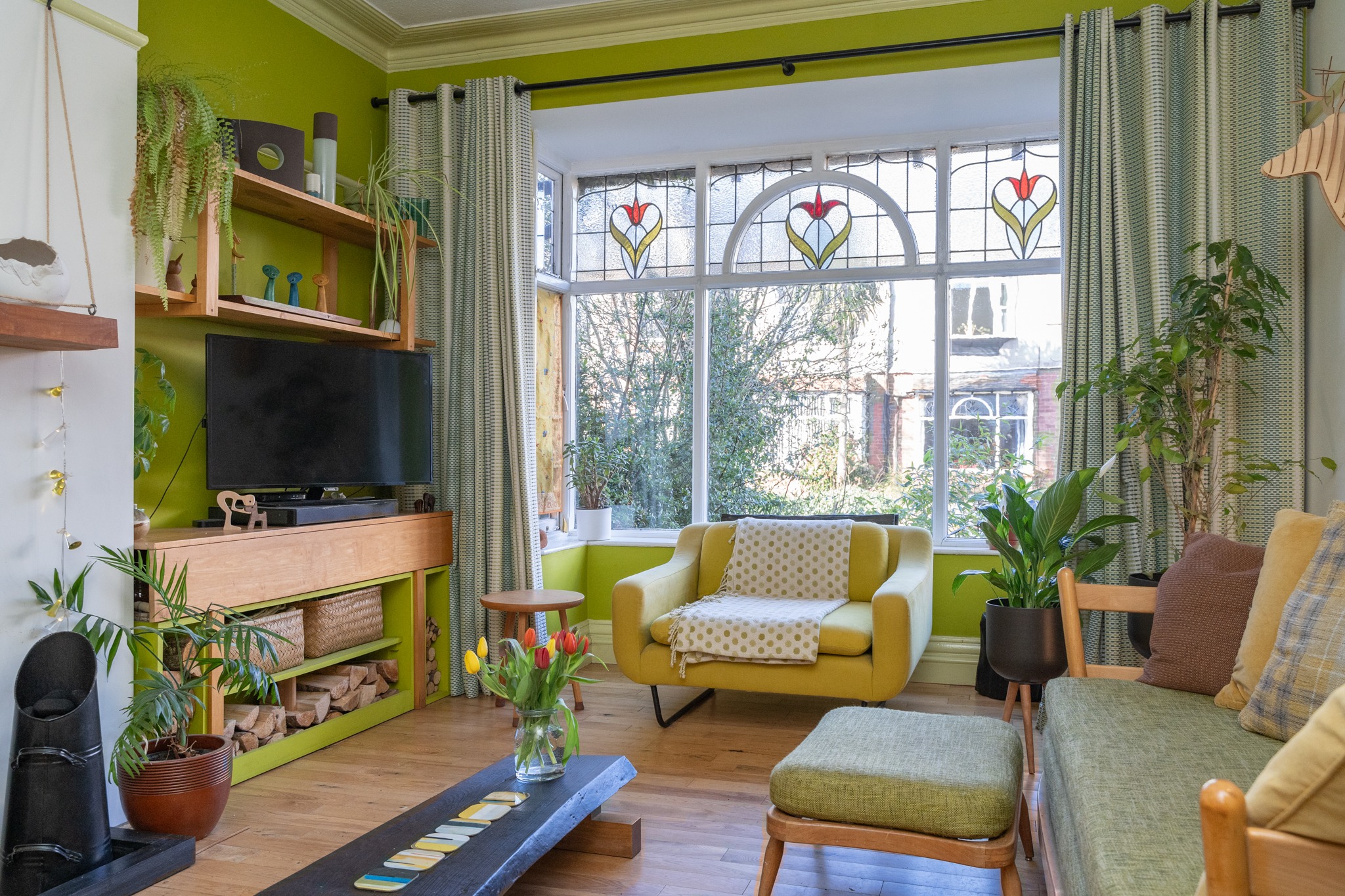What is biophilic design?
You may have heard the term biophilic design bandied about on home interiors shows or in magazines, but what exactly is biophilic design?
Biophilic design is the use of plants and natural materials to effectively force an interaction between the occupants of an indoor space and the natural world outdoors.
It’s not a trend, it’s a design practise that has been rumbling along close to the surface of fashions in interior design for many years, and started in commercial spaces, where research shows that plants and natural materials can have a very beneficial effect on workplace morale, productivity, creativity and health. With all these good things going on, it only seems natural and sensible that we start bringing it to our homes, too.
How to bring biophilic design elements into our workspaces and homes?
- Add plants
Lots of plants! Multiple studies in Europe and the USA show that plants provide the following benefits:
- Reduced stress levels
- Increased productivity
- Fewer sick days
- Improved air quality
- Reduced noise levels
- Boost in creativity
- Greater interaction and collaboration
We are not suggesting you turn your home or home office into a jungle, that could very much bring its own stresses, but adding a few plants will make a huge difference. Don’t forget, plants are living things, and all living things add positive energy to a space. Since lockdown especially there has been a surge in the interest in houseplants, and there are many easy to look after plants (from very small to very tall) that bring proven benefits to the home. Simply Google ‘hard to kill houseplants’ and you’re on your way!
- Use natural shapes
Curves are in. Smooth and soothing curvy lines are the building blocks of the natural world. It’s only humans who insist on straight lines and angles. We don’t live in curvy houses of course (can you imagine trying to get a carpet fitted?!) but we can introduce curvy shapes in furniture and accessories. It’s easy to make minor tweaks to add some softness to your living spaces, as we wrote about this earlier this year, in our blog about Curvy Lines and Converation Corners.
- Use natural patterns
Patterns in interiors had a boost in popularity in the last couple of years, as people sought to make homes cosier, more personal and less ‘show home’, in style, as a result of spending so much more time there through lockdown and beyond. In nature, recurring patterns are very much a theme – leaves and flowers grow to almost mathematical designs; the numbers of petals in many flowers (not all) follow the Fibonacci sequence, and Pi, too, as each petal is placed at 0.618034 per turn (out of a 360° circle) which is allowing for the best possible exposure to sunlight. Clever, huh? If you’re considering wallpaper, choose one with a repeating pattern in natural colours. Random patterns upset the eye and trigger a stress response, so make sure you hang it all the right way up!
When arranging photos or ornaments, coffee table books or plant pots, work in threes or fives. Odd numbers work much better, it’s less of a challenge to the eye and more engaging for the brain.
- Use natural materials.
It’s time to dump that glass and chrome coffee table and choose wood, instead. Wood doesn’t really date; find tables and bookcases, chests and side tables and add some of the beauty of nature to your space. Ebay is positively heaving with stuff that simply needs a good clean with sugar soap and a new and loving home.
Wooden panelling is also having quite the moment right now, with slats from Naturewall perfect for use in living spaces or dining rooms, or broader planking making a statement behind padded bed heads in bedrooms. You can DIY with panels from Naturalmatt, or flooring planks from your local DIY store, and create something eye-catching yet soothingly natural.
- Use natural colours
This year, brown is THE colour for interior designers and DIY decorating experts. There are myriad tones to choose from, from soft caramels to rich chocolate shades, and all work beautifully in any space, handling toning or contrasting accessorising with ease. We love Mochi, from Little Greene Paints, or Alderley Edge, from the new COAT x Colours of Arley collaboration. Or go really deep with Cola, from Farrow & Ball.
- Use your natural light
Pull back the curtains, use tie-backs if necessary, to maximise the natural light in your rooms. Open your windows too. We so often forget to get the air from outside circulating through our homes. Any day that’s not positively freezing, open the windows for a period. Fresh air helps with sleep, clarity of thought and just smells good! We can’t do much about air conditioned offices, but we can influence the air quality in our own homes.
Eddie – Friday 15th March 2024. (Image used from Lindow Road, Old Trafford).



